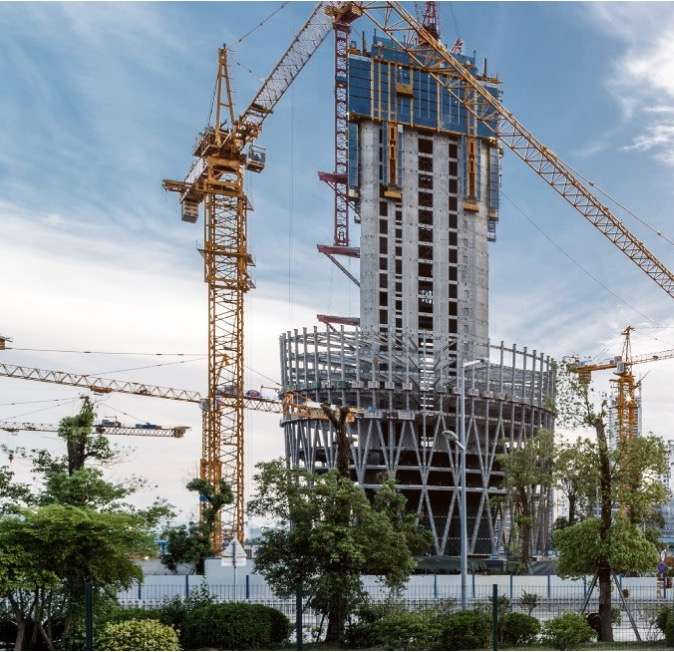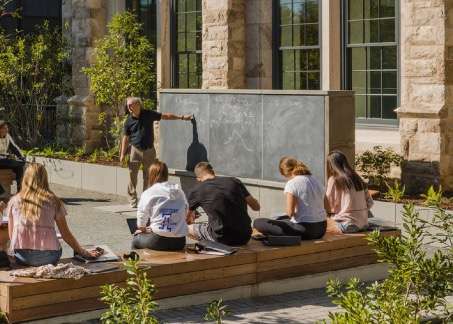The institutionalization of high-performing materials, resilient design and verified green buildings stems from the market transformation driven by USGBC and the LEED rating system. Twenty years ago, this was a distant dream requiring a seemingly impossible paradigm shift. We are currently in a similar shift in workforce development.
Most companies in our emerging industry have traditionally trained new staff almost completely internally. Additionally, the competitive nature of new business models in an emerging industry has reduced collaboration on workforce strategies and career alignments. Fortunately, many are drawn to careers that help combat climate change, and this passion has sustained us for some time. However, as our industry becomes more established, we need a new collective strategy.
Building a seamless pipeline
Cooperatively, we must develop an equitable, seamless pipeline of clean economy career education and skill development. This pipeline will ensure diverse students and adults gain quality, family-sustaining jobs; employers access a qualified, diverse workforce; and public and private partners streamline offerings and leverage funding together to reduce our collective impact on climate change and human health.
A contiguous green jobs pipeline begins with exposing K–12 students and job seekers to our industry’s opportunities through career exploration curricula, industry speakers, project tours, career fairs or media. Interested individuals are then connected to training pathways in higher education, trade schools or intermediary credential training programs, connecting or overlapping with apprenticeships, internships or fellowships. Ongoing career progression includes mentorship, career coaching, professional development, reskilling and entrepreneurship. Collaborations among various organizations are critical to ensuring fluid movement through these stages.
https://www.usgbc.org/articles/green-workforce-empowering-people-our-shared-future










